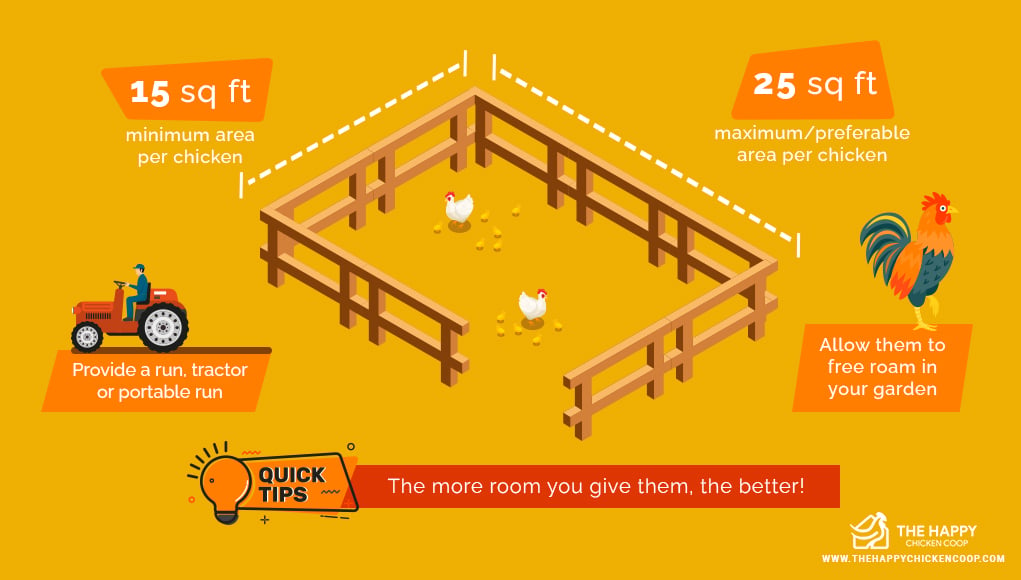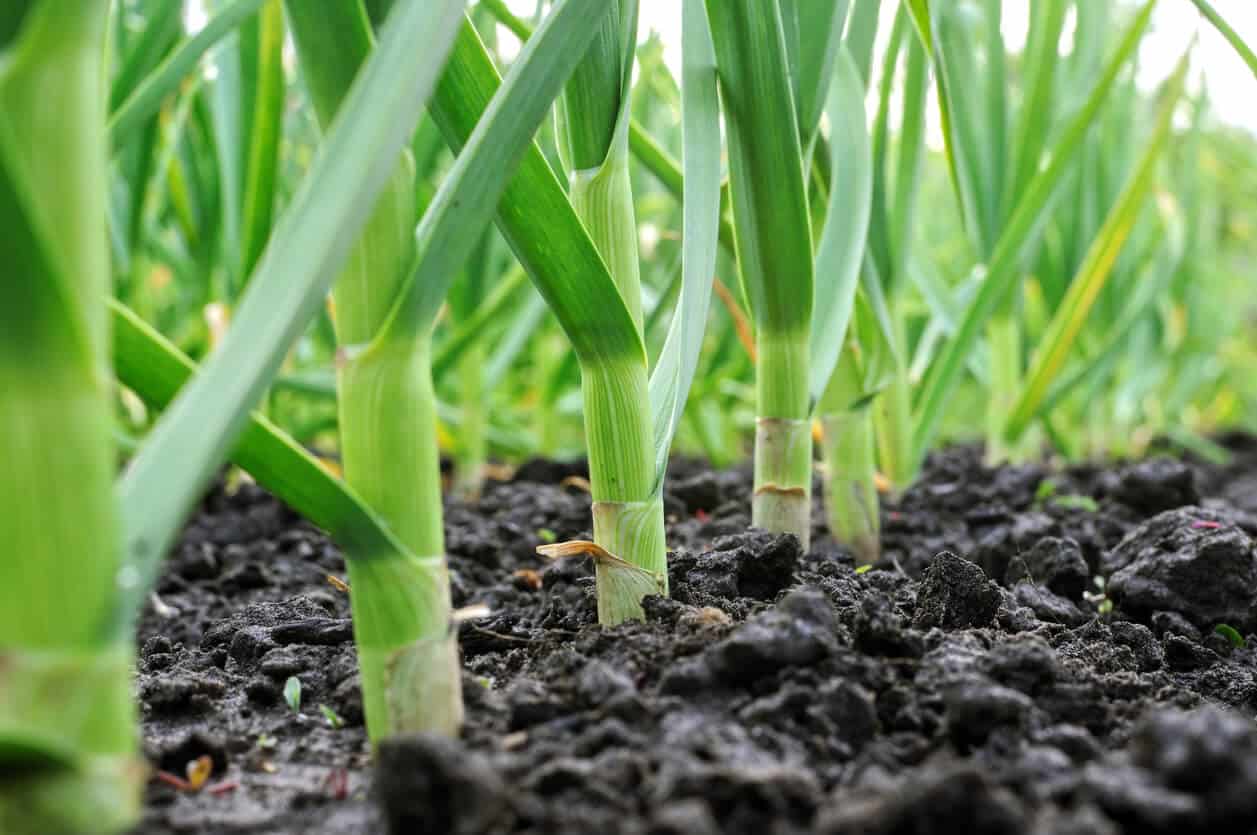Understanding Garlic’s Unique Growing Needs
Garlic is a unique crop that requires specific growing conditions to thrive. One of the most critical factors to consider when growing garlic is providing adequate space for the plants to grow. The question of how much room does garlic need to grow is a common one, and the answer lies in understanding the plant’s characteristics and growth habits. Garlic plants require sufficient space to accommodate their underground bulbs, which can grow up to 2-3 inches in diameter, and their above-ground foliage, which can reach heights of 2-3 feet. Additionally, garlic plants need adequate air circulation to prevent disease and promote healthy growth. By understanding these specific needs, gardeners can create an optimal environment for their garlic plants to flourish.
How to Calculate the Ideal Planting Distance
When it comes to growing garlic, calculating the ideal planting distance is crucial to ensure healthy growth and maximum yields. Several factors influence garlic’s growth, including sunlight, soil quality, and air circulation. To determine the ideal planting distance, gardeners should consider the specific growing conditions of their garden. For instance, garlic plants require at least 6 hours of direct sunlight per day, so planting distances should be adjusted accordingly. Soil quality also plays a significant role, as garlic prefers well-draining, rich soil with a pH between 6.0 and 7.0. Air circulation is also essential, as it helps prevent disease and promotes healthy growth. By considering these factors, gardeners can calculate the ideal planting distance for their garlic plants. A general rule of thumb is to plant garlic cloves 4-6 inches apart, and 1-2 inches deep, depending on the variety. However, this distance may need to be adjusted based on the specific growing conditions of the garden. By understanding how much room does garlic need to grow, gardeners can create an optimal environment for their plants to thrive.
The Role of Soil Depth and Quality in Garlic Growth
Soil depth and quality play a critical role in garlic growth, and understanding these factors is essential for optimal garlic cultivation. Garlic requires a well-draining soil with a depth of at least 8-10 inches to accommodate its underground bulbs. The ideal soil pH for garlic is between 6.0 and 7.0, and it prefers a rich soil with high organic matter content. To prepare the soil for garlic cultivation, gardeners should add compost or well-rotted manure to improve soil structure and fertility. Additionally, garlic requires adequate nutrients, including nitrogen, phosphorus, and potassium, which can be provided through balanced fertilization. By providing the right soil conditions, gardeners can create an optimal environment for their garlic plants to grow, which is essential for answering the question of how much room does garlic need to grow. By understanding the specific soil requirements of garlic, gardeners can ensure healthy growth, maximum yields, and a successful harvest.
Garlic Varieties: How Different Types Affect Growth and Space Requirements
With over 300 varieties of garlic, each with its unique characteristics and growth habits, understanding the specific needs of different types is crucial for optimal garlic cultivation. Elephant garlic, for instance, is a larger variety that requires more space to grow, typically needing 6-8 inches of spacing between plants. Silverskin garlic, on the other hand, is a smaller variety that can be planted closer together, with a spacing of 4-6 inches. Rocambole garlic, known for its robust flavor, falls somewhere in between, requiring a spacing of 5-7 inches. When considering how much room does garlic need to grow, gardeners should take into account the specific variety they are planting and adjust their spacing accordingly. By understanding the unique growth habits and space requirements of different garlic varieties, gardeners can create an optimal environment for their plants to thrive, resulting in a bountiful harvest.
Optimizing Garlic Growth in Small Spaces
For gardeners with limited space, growing garlic can seem like a daunting task. However, with the right techniques and strategies, it’s possible to optimize garlic growth even in small areas. Container gardening is a great option, as it allows for better control over soil quality and moisture levels. When using containers, make sure to choose a deep pot with good drainage, as garlic needs a depth of at least 6-8 inches to grow. Vertical gardening is another innovative approach, where garlic is planted in a vertical plane, maximizing space and minimizing soil requirements. Intercropping is also a viable option, where garlic is planted alongside other vegetables, such as tomatoes or peppers, to make the most of available space. When considering how much room does garlic need to grow, gardeners can get creative with their space constraints, using these techniques to optimize garlic growth and achieve a successful harvest.
Common Mistakes to Avoid When Planting Garlic
When it comes to growing garlic, there are several common mistakes that can lead to poor growth and a disappointing harvest. One of the most critical mistakes is overcrowding, which can prevent garlic plants from receiving adequate sunlight and air circulation. To avoid this, it’s essential to provide enough space between plants, considering how much room does garlic need to grow. Inadequate sunlight is another common mistake, as garlic requires at least 6 hours of direct sunlight per day to thrive. Insufficient watering can also hinder garlic growth, as the soil needs to be consistently moist during the first few months after planting. By being aware of these common mistakes and taking steps to avoid them, gardeners can set themselves up for success and enjoy a bountiful garlic harvest. Additionally, failing to prepare the soil properly, not providing support for the plants, and neglecting to mulch can also lead to poor garlic growth. By being mindful of these potential pitfalls, gardeners can take the necessary precautions to ensure a healthy and productive garlic crop.
Garlic Growth Stages: What to Expect and How to Support
Garlic growth can be divided into several stages, each requiring specific care and attention. The first stage, germination, occurs when the garlic cloves are planted and begin to sprout. During this stage, it’s essential to provide consistent moisture and maintain a temperature of around 40°F (4°C). As the plants grow, they will require more space, so it’s crucial to consider how much room does garlic need to grow and adjust the planting distance accordingly. The next stage, green growth, is characterized by the development of leaves and stems. Here, garlic plants require adequate sunlight, air circulation, and watering. As the plants mature, they will enter the bulbing stage, where the garlic bulbs begin to form. During this stage, it’s essential to provide support for the plants, using stakes or cages to keep them upright. Finally, the harvesting stage arrives, where the garlic bulbs are carefully dug up and cured. By understanding these growth stages and providing the necessary support, gardeners can ensure a healthy and productive garlic crop.
Maximizing Your Garlic Harvest: Tips for a Bountiful Yield
To ensure a successful garlic harvest, it’s essential to provide optimal growing conditions. One of the most critical factors is watering, as garlic requires consistent moisture, especially during the first few months after planting. It’s also crucial to consider how much room does garlic need to grow, as overcrowding can lead to reduced yields. Fertilization is another key aspect, as garlic benefits from a balanced fertilizer applied at planting time. Additionally, pest management is vital, as garlic is susceptible to pests like aphids and mites. Regular monitoring and organic control methods can help prevent infestations. Furthermore, mulching can help retain moisture, suppress weeds, and regulate soil temperature. By following these tips and providing optimal growing conditions, gardeners can maximize their garlic yields and enjoy a bountiful harvest. With proper care and attention, garlic plants can thrive, producing large, flavorful bulbs that will elevate any dish. By understanding the specific needs of garlic and providing the necessary support, gardeners can unlock the full potential of this versatile and delicious crop.







